A half year in review: Jun-Nov 2021
The SIMOC development team lead by core Python developer Ezio Melotti and Grant Hawkins, and Meridith, Greg, Ryan, David, and Ian of the Arizona State University Computer Science Capstone team have made significant strides in SIMOC development this past six months.
June-July
A major re-write of the Advanced Configuration Editor (ACE) now matches the current agent descriptions and capabilities, enabling local-install users to modify and download the configuration file, which can then be used on local installations to run custom simulations.
Other updates include:
* Jun 21, FE/INFRA: added linting check to the front-end
* Jun 23, BE/INFRA: added a basic testing framework
* Jul 1-9, BE: removed the ACE
* Jul 13, BE/SAM: added SAM agents
* Jul 26, FE: new confirmation popup
* Jul 28, FE: improved plant validation
* Jul 29, FE/INFRA: update docker image and dependencies
August-September
A User feedback survey is now included, made available from the Main menu and prompted when
exiting a simulation for the first time. This enables the SIMOC development team and sponsor National Geographic to receive feedback from users during run-time engagement.
The new 3D view now matches the user-defined habitat configuration, visible on both the Configuration and Dashboard screens.
Other updates include:
* Aug 4, FE: new modal popups
* Aug 9, FE: added the survey
* Sep 8, BE: added documentation with Sphinx
* Sep 11, FE: update to VueJS 3, bumped FE version to 1.0.0
* Sep 13, FE: added the 3D view
* Sep 22, BE/INFRA: removed DockerHub dependency
* Sep 23, BE/INFRA: removed staging branch, misc infra updates
* Sep 27, FE: improved the 3D view, fixed bugs, added rocket
* Sep 28, FE: added the simoc-web.py script
* Sep 29, BE/ABM: added a CO2 tank and makeup valve agents
October-November
The holy grail of software development, SIMOC now incorporates Pytest for unit and integration testing for the SIMOC configuration files, model and agents. Finally!
Other updates include:
* Oct 5, BE/ABM: refactored connections and added the agent_conn.json file
* Oct 10, FE/INFRA: disabled artifact creation on GitHub
* Oct 12, BE/ABM: all agents are now storages too
* Oct 18, BE/INFRA: added custom SSL certs for NGS
* Oct 20, BE/ABM: atmo storages included in cq/gh, added atmo_equalizer agent
* Oct 26, BE/INFRA: added a separate DB for testing and more BE tests
* Oct 27, BE/ABM: added the currency_desc.json file
* Oct 29, BE/INFRA: added an adminer container for DB inspection
* Nov 2, BE/ABM: created the data_files dir and moved the JSON files there
* Nov 2, BE/ABM: currency classes, sold_fertilizer replaced sold_n/p/k, more tests
* Nov 13, BE/ABM: food/ration prioritization


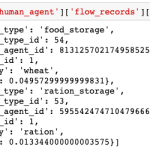
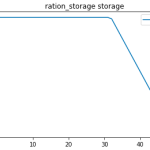
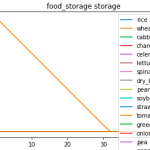
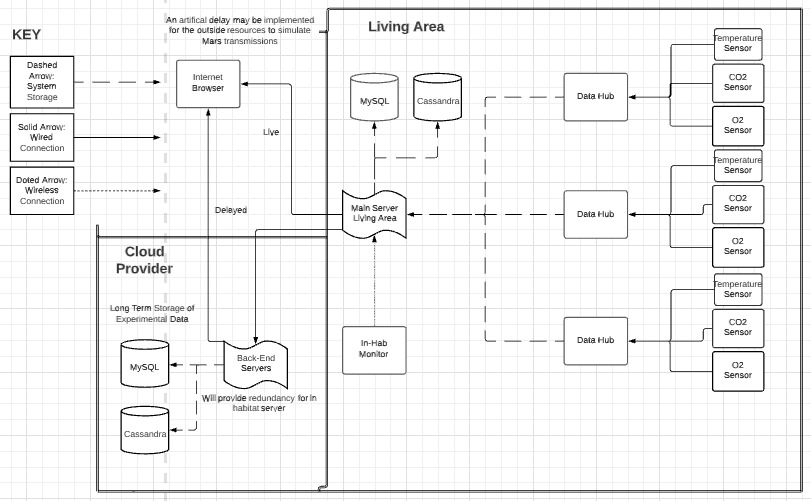
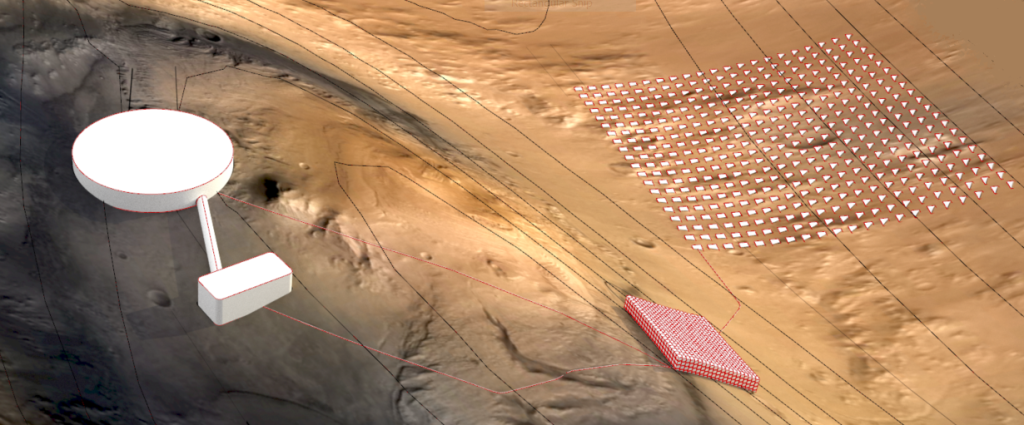
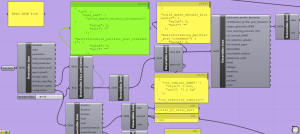
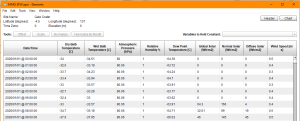
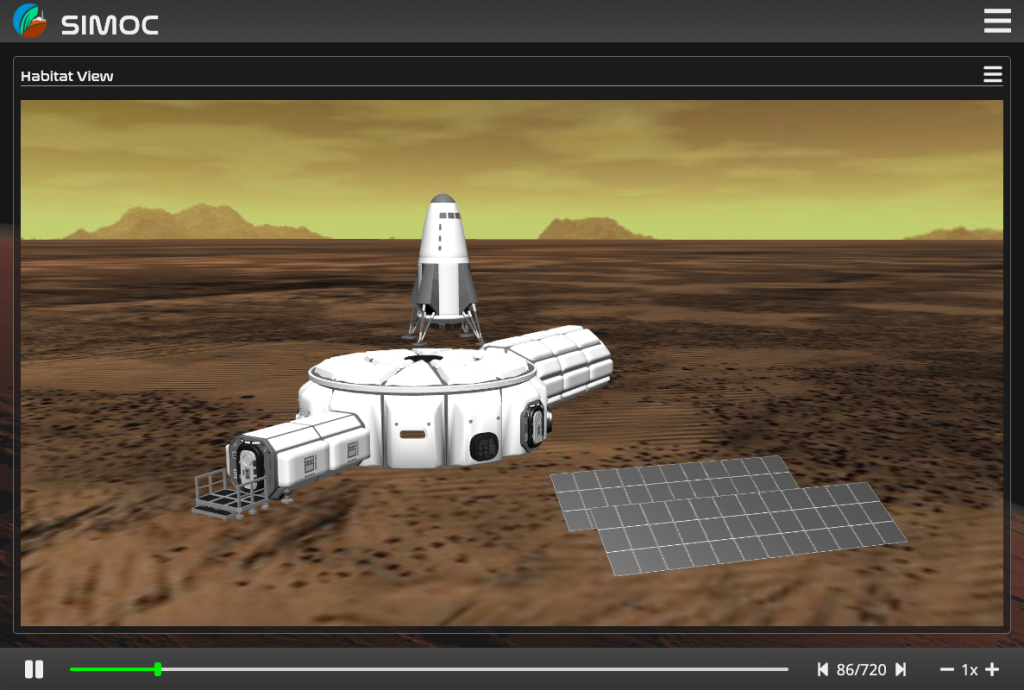
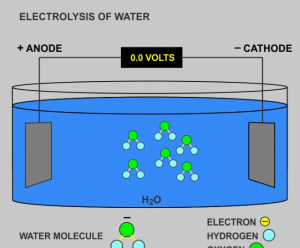 Science educator and writer Dan Heim answers the question, “I know there’s water ice on the Moon and Mars, and I get how it can be melted and used for drinking, but I don’t get how they can make rocket fuel out of it. — WJ, Provo, UT”
Science educator and writer Dan Heim answers the question, “I know there’s water ice on the Moon and Mars, and I get how it can be melted and used for drinking, but I don’t get how they can make rocket fuel out of it. — WJ, Provo, UT”